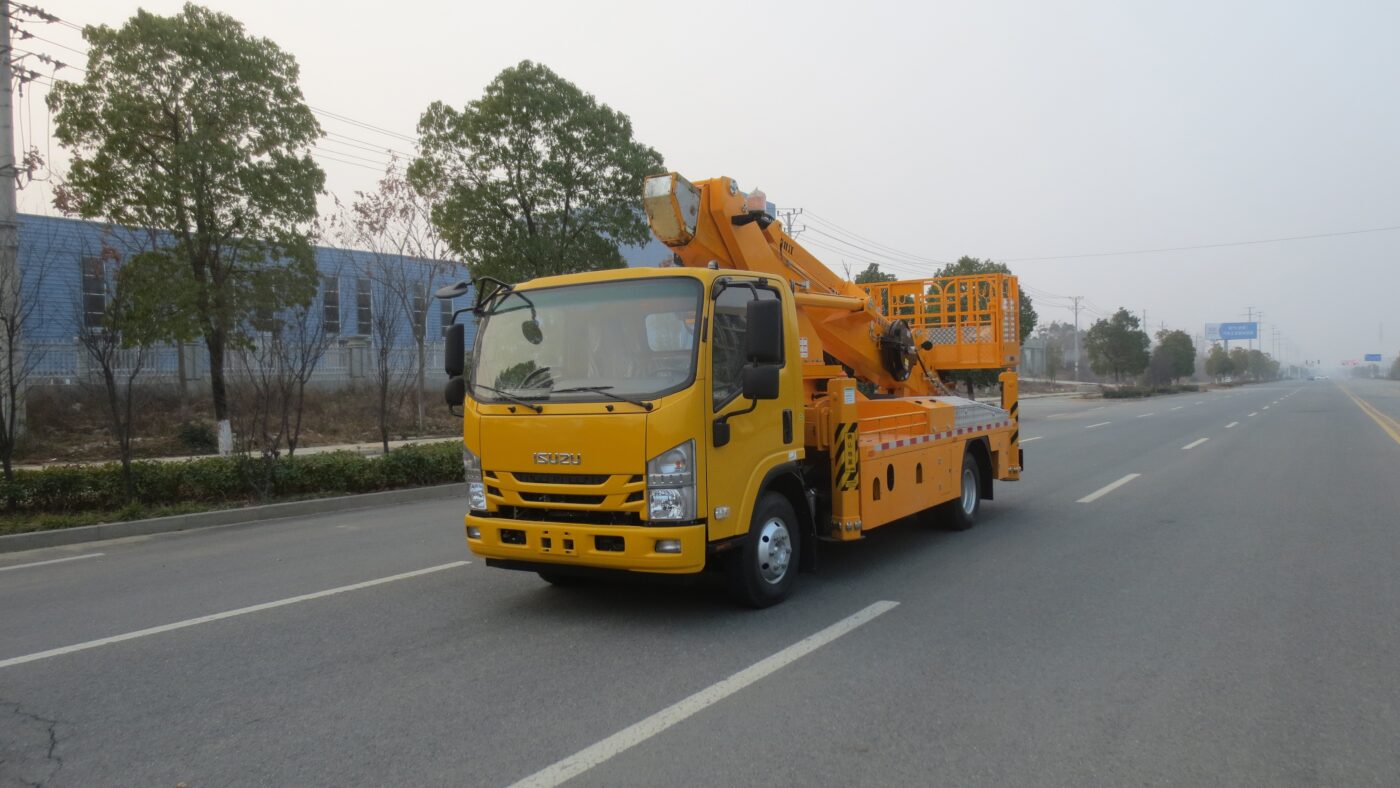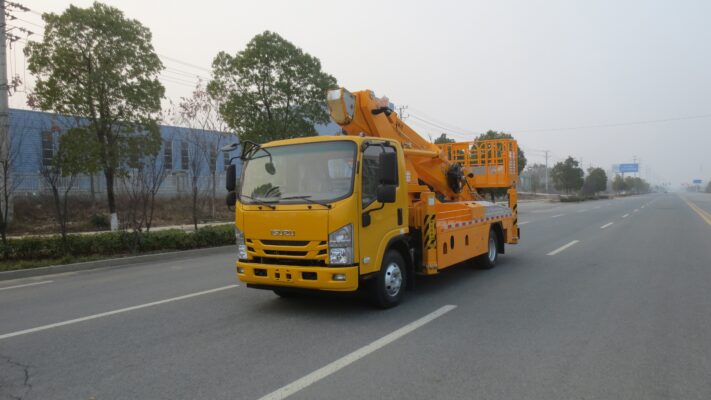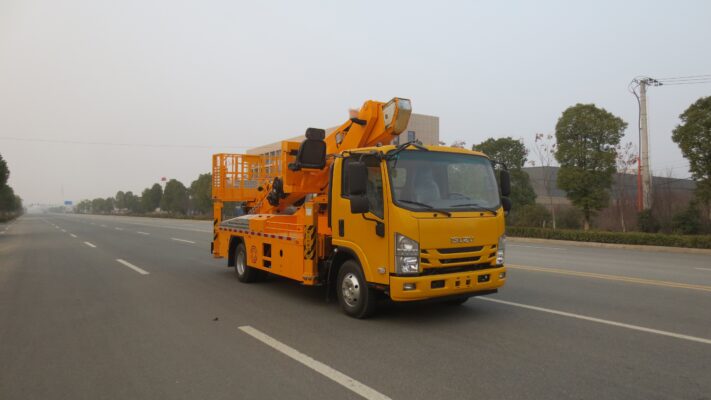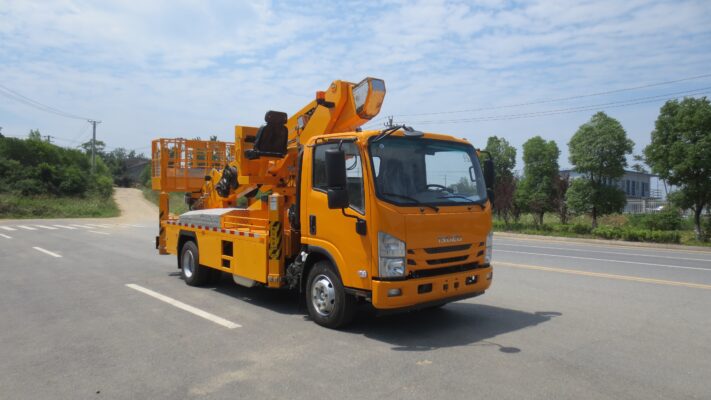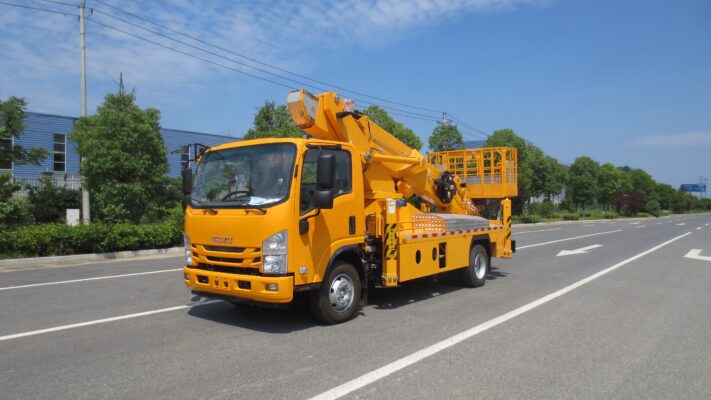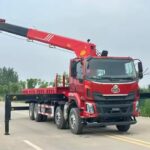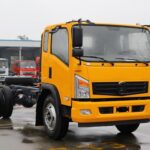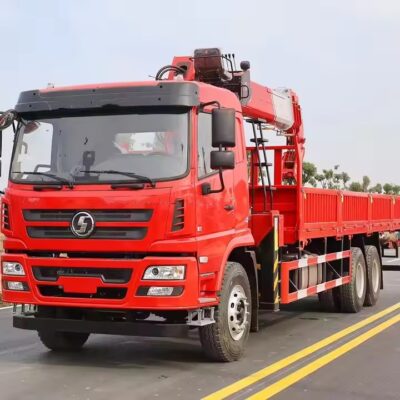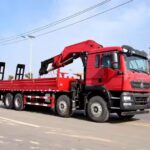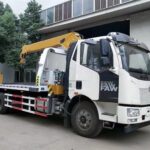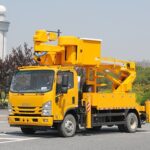When selecting a manual chain hoist, the market can seem overwhelming with a variety of brands and models available, each with different price points and features. The key to making the right choice is understanding your specific requirements and ensuring that the hoist you choose is both reliable and cost-effective. Sehloohong sena, we will walk you through the essential factors to consider when purchasing a manual chain hoist.
1. Know Your Lifting Capacity
The first step in choosing a manual chain hoist is understanding your lifting needs. Chain hoists come in a range of capacities, usually between 0.5 tons and 30 tons. The most common capacities available are:
- 0.5T (500kg)
- 1T (1000kg)
- 2T (2000kg)
- 3T (3000kg)
- 5T (5000kg)
- 10T (10,000kg)
- 20T (20,000kg)
- 30T (30,000kg)
The lifting capacity you need will depend on the weight of the objects you intend to lift. Always choose a hoist with a capacity slightly higher than the heaviest load you will be lifting to ensure safety. Overloading a hoist can cause serious damage and even failure, potentially leading to accidents.
2. Determine the Required Lifting Height
Another critical factor to consider is the lifting height. Standard manual chain hoists typically offer a lifting height of 3 meters, but models can reach up to 30 meters or more, depending on your needs.
When selecting the hoist, it’s essential to evaluate the height at which you’ll be lifting materials. For instance, if you’re lifting items in a warehouse or factory with high ceilings, a longer lifting chain may be necessary. Conversely, if the lifting height is minimal, a standard model should suffice.
In some cases, adjustable lifting heights are available, which allow you to customize the hoist’s performance based on specific job requirements. Leha ho le joalo, always ensure that the hoist’s maximum lifting height fits within your operational environment to avoid unnecessary complexity or inefficiency.
3. Quality and Durability: Choosing the Right Manufacturer
The quality of the manual chain hoist is paramount to ensuring safety and reliability. A hoist manufactured by a reputable company is typically more durable and trustworthy. When shopping for a hoist, always opt for a well-known and established manufacturer with a solid reputation for producing high-quality lifting equipment.
Beware of hoists made by small or lesser-known companies. Many low-cost hoists are made with inferior materials, such as thin steel plates and weak chain links. Ka mohlala, some manufacturers use electric welding to join chains, which can reduce the chain’s tensile strength, making it prone to breakage under heavy loads. This can be extremely dangerous and result in accidents.
Ho phaella moo, a high-quality manual chain hoist should meet industry safety standards, such as ISO 9001 or CE certification, which ensures that the product has undergone rigorous testing for safety, reliability, and performance.
4. Chain Material and Strength
One of the most critical components of a manual chain hoist is the chain itself. The chain must be durable and able to withstand heavy loads without breaking or deforming. Look for hoists that use high-quality alloy steel chains with heat-treated links for enhanced strength.
Ho phaella moo, chains should be rust-resistant to maintain their integrity over time, particularly if you plan to use the hoist in environments with high humidity or exposure to chemicals. Some hoists come with chains that are coated with anti-corrosion materials, ensuring longevity even under harsh conditions.
5. Ease of Operation and Maintenance
Manual chain hoists are designed to be operated by hand, and therefore, ease of use is essential. Look for a hoist with smooth, effortless operation. The lifting mechanism should work with minimal resistance, allowing operators to lift and lower loads with ease. Hoists with ergonomic handles and an easy-grip design can make the process even more comfortable.
Ho phaella moo, maintenance should be straightforward. Choose a hoist with accessible components that can be easily cleaned, lubricated, and inspected. Regular maintenance is crucial to keeping the hoist in working order and preventing failure due to worn-out parts.
6. Safety Features
When choosing a manual chain hoist, always prioritize safety. Look for models that come with integrated safety features such as:
- Overload protection: This ensures that the hoist will not operate if the load exceeds the hoist’s maximum capacity, preventing overloading and potential failure.
- Automatic brake systems: These brakes engage when the load is lifted or lowered, preventing the load from drifting or falling unexpectedly.
- Chain wear indicators: These show when the chain has become excessively worn and needs replacing to ensure continued safe operation.
Hoists with additional safety certifications (such as CE or GS marks) provide an extra layer of assurance that the product has been thoroughly tested to meet safety standards.
7. Price Consideration
Price is always a crucial factor in purchasing decisions, but when it comes to manual chain hoists, cheaper is not always better. While it may be tempting to go for a low-cost hoist, remember that you are making an investment in equipment that will be responsible for lifting heavy loads. Skimping on quality can be a costly mistake in the long run, as poor-quality hoists are prone to failure, leading to downtime and potentially dangerous accidents.
Ka hona, it is important to strike a balance between price and quality. Consider the long-term value of the hoist. Investing in a durable, high-quality hoist may seem more expensive upfront, but it can save you money in repairs and replacements down the road.
8. Environmental Considerations
The working environment plays a crucial role in determining which type of manual chain hoist is best suited for your needs. If you plan to use the hoist in an environment with extreme temperatures, exposure to chemicals, or in a wet environment, ensure that the hoist is specifically designed to withstand these conditions.
Ka mohlala, stainless steel chain hoists are ideal for corrosive environments, while hoists with sealed mechanisms are better suited for dusty or dirty workplaces.
9. Brand Reputation and After-Sales Support
Lastly, the reputation of the brand and the availability of after-sales support are critical factors when choosing a manual chain hoist. Always check customer reviews and ratings for insights into the experiences of others who have used the hoist. Look for companies that offer warranties and easy access to spare parts and service.
Good customer service is essential, especially when it comes to troubleshooting or repairing the hoist. Reliable manufacturers will provide support and ensure that you can maintain the hoist over its lifespan.
Qetello
Choosing the right manual chain hoist is crucial to ensuring the safety and efficiency of your lifting operations. By considering factors such as lifting capacity, height, material quality, ease of use, safety features, and the environment in which the hoist will be used, you can select the best hoist for your needs.
Always prioritize quality over price when making your purchase and ensure that you choose a hoist from a reputable manufacturer. By doing so, you’ll invest in equipment that will serve you reliably for many years, ensuring both the safety of your operations and the longevity of the hoist itself.

